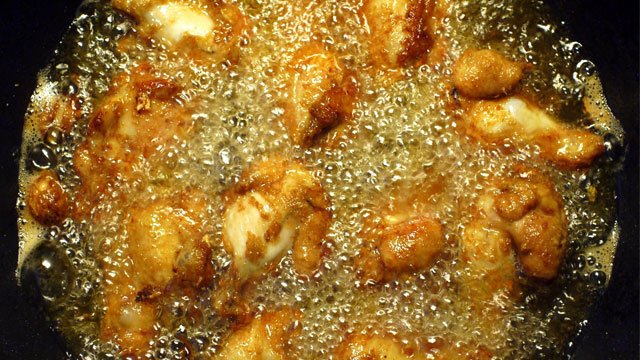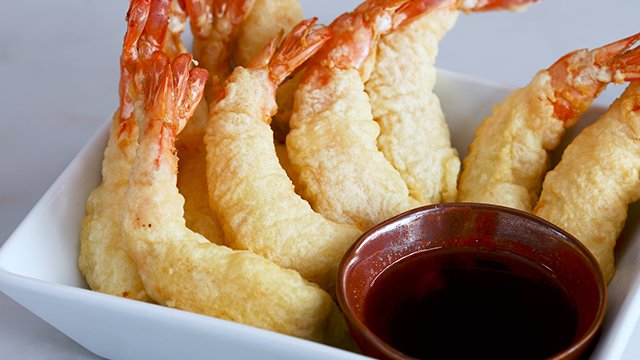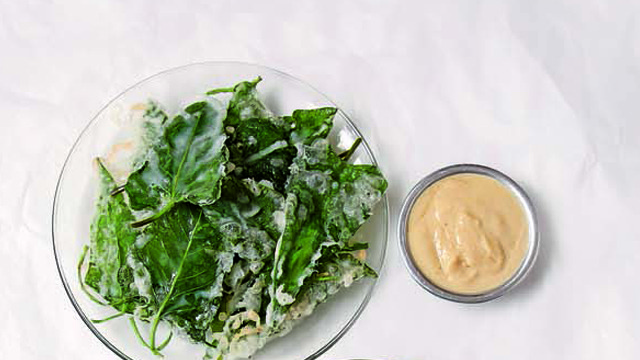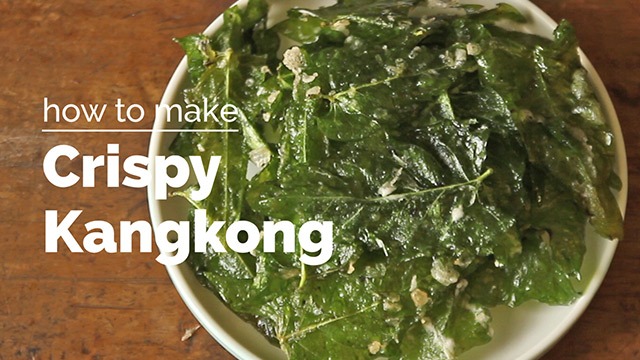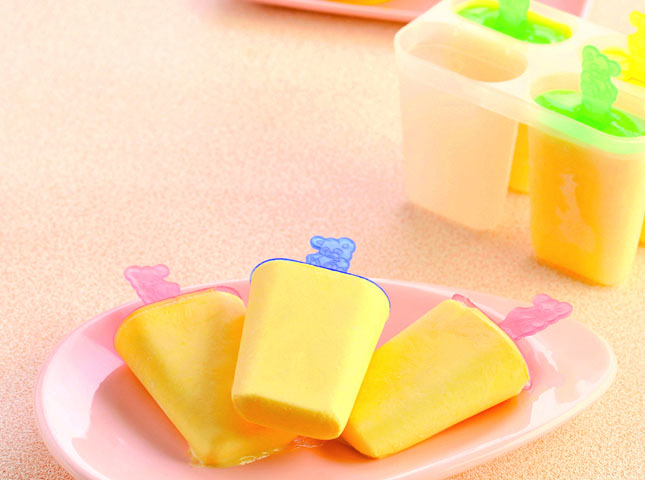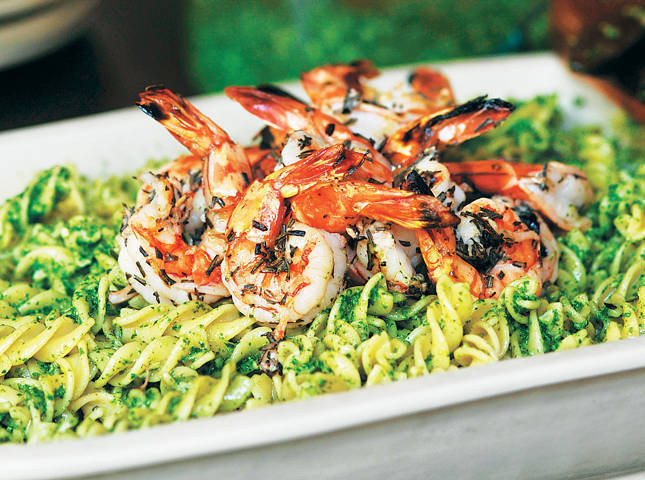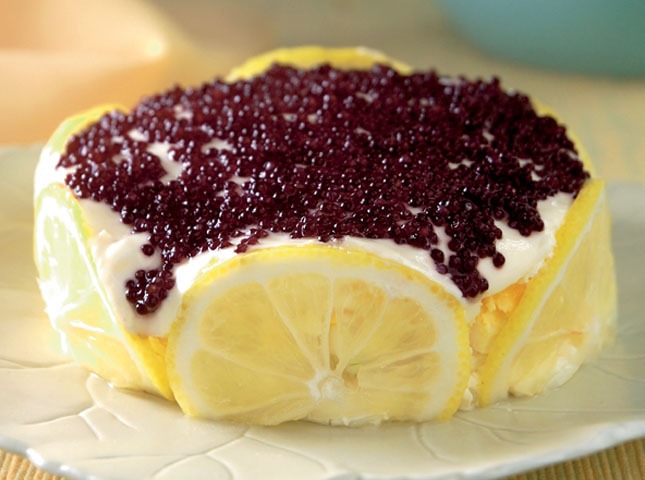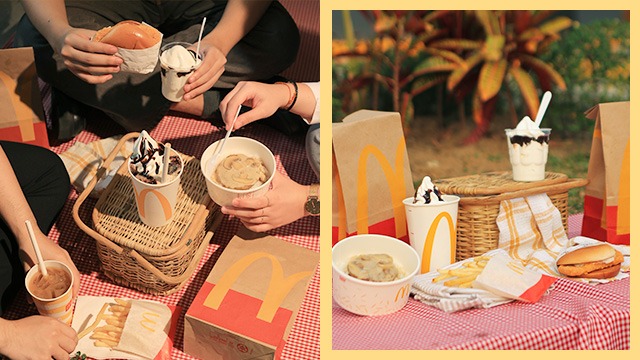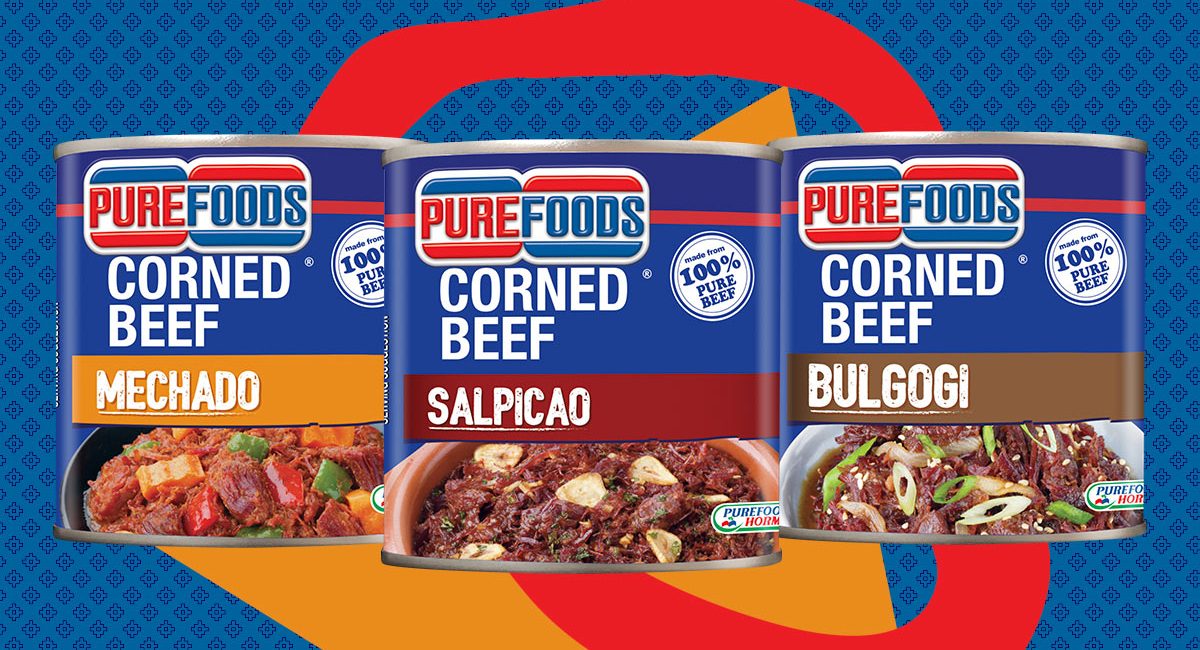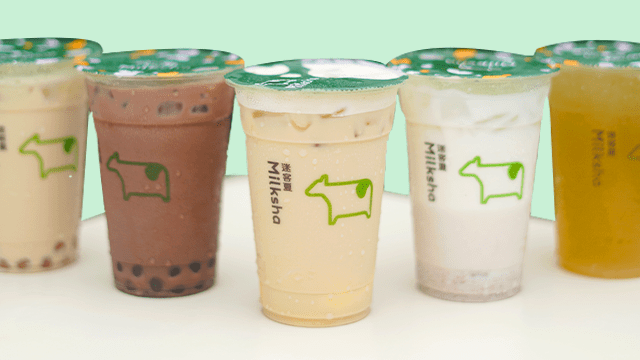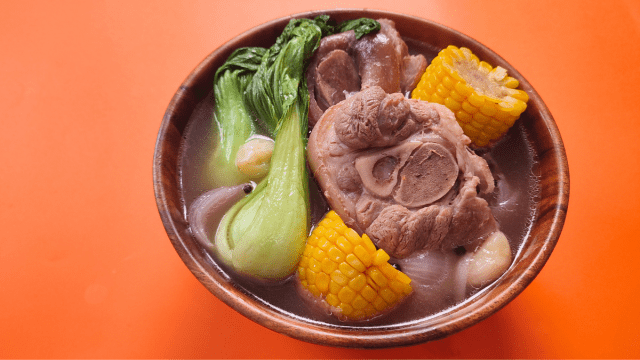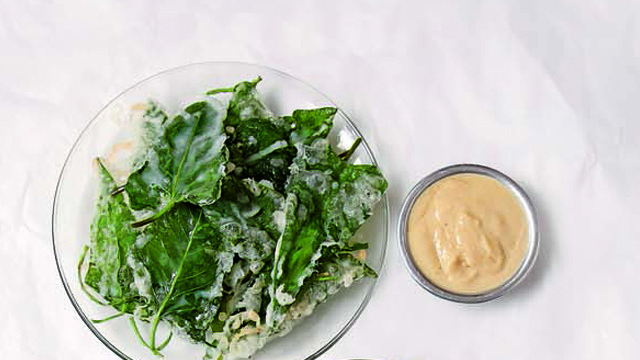
Before the advent of healthy chips, crispy kangkong was well ahead of the trend as a delicious appetizer. The affordable, local vegetable coated in a light and crispy batter has been well-enjoyed by Filipinos for a long time, usually in restaurants. If you’ve tried to recreate it at home, you might have realized quickly that for reasons unknown, yours turned out much greasier. Don’t worry! You’re not alone in this predicament. It’s happened to the best of us. Thankfully, it doesn’t have to happen again.
Here’s a list of things you might be doing wrong that you can easily correct! You’ll have perfectly fried, crispy kangkong in no time.
1 Your oil might not be hot enough.
To understand the importance of your oil being hot enough before it meets your kangkong coated in batter, we need to understand how frying works. When hot oil touches your kangkong, it immediately heats up every bit it can touch. Maillard reactions occur to give you that golden brown color, then a crust outside your food is formed that seals your food from absorbing more oil. When the oil is not hot enough, your food will take longer to cook, and without the crust, your food will also absorb more oil. If it’s too hot, however, the outside will just brown faster than you expect while the inside remains relatively untouched by the heat.
What’s the best way to know if your oil is hot enough? Use a thermometer meant for measuring oil temperature or a candy thermometer. It should reach 350 degrees F (180 degrees C), while not going over 375 degrees F (190 degrees C). To stay in that 350 to 375 window, monitor and adjust your heat accordingly to maintain that temperature.
No thermometer? No problem! Use a wooden spoon or wooden chopstick to see if your oil is hot enough. The oil should bubble around the spoon or chopstick a second after impact. If bubbles are too vigorous, your oil might be too hot. A good way to make sure your oil is the right temperature throughout cooking is to do the wooden spoon test before every batch is added in. You can turn off the heat after frying a batch if it’s too hot. A minute or so later, the oil would cool a little—your wooden spoon should generate little to no bubbles. Turn on the heat again and bring it back to the right temperature.
If your oil wasn’t hot enough, you can jack up the heat before adding the next batch, do the wooden spoon test, lower heat to medium to maintain the temperature, and add your remaining kangkong.
2 You forgot to chill your batter.
In order for a good crispy batter to form, you need to shock cold batter in hot oil. This is the importance of using ice cold water when making the batter and chilling it after.
3 You overcrowd the pan.
Two things are in danger of happening when you overcrowd your pan that can cause a greasy mess. One is frying too much kangkong at once. Its ice-cold batter can lower your oil temperature too much. As mentioned before, a low-temperature oil encourages oil-absorption. Two is that your kangkong leaves can clump together, making pockets of breading and oil.
Recommended Videos
4 You don’t use enough paper towels or a draining rack.
Right after frying, your kangkong’s temperature will start to cool. When it cools, it will also start to absorb oil. This means that the few seconds right after removing it from your pan is crucial. You need to immediately toss your cooked kangkong onto a paper towel-lined strainer.
Make sure you don’t skimp on paper towels. If your paper towels take up too much oil, your kangkong will be sitting in oil. Empty out your strainer of kangkong onto the serving plate or on a draining rack lined with paper towels before frying the next batch.
5 You pile it on.
If you pile your kangkong on top of each other while it’s still hot, trapped steam will cause that crispy goodness to wilt. Technically, your kangkong didn’t get any greasier, but the soggy texture will accentuate the grease and just ruin the whole dish.
Congratulations! You can now make impressively crispy kangkong that doesn’t leave mouths with an oily film. With fresh kangkong always available, you can cook this appetizer up any time.
ALSO READ:

